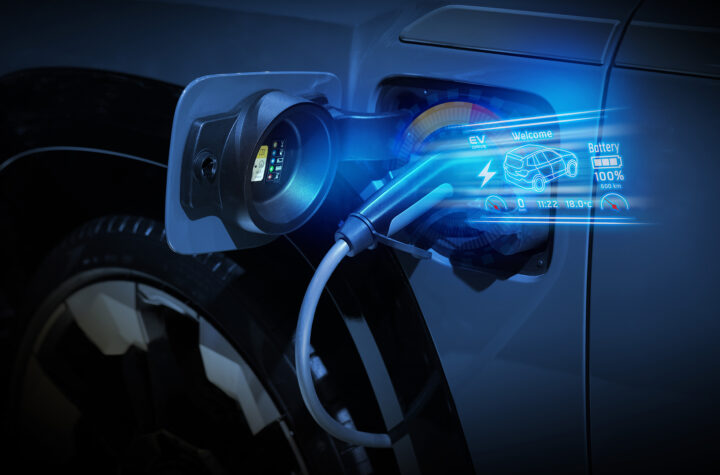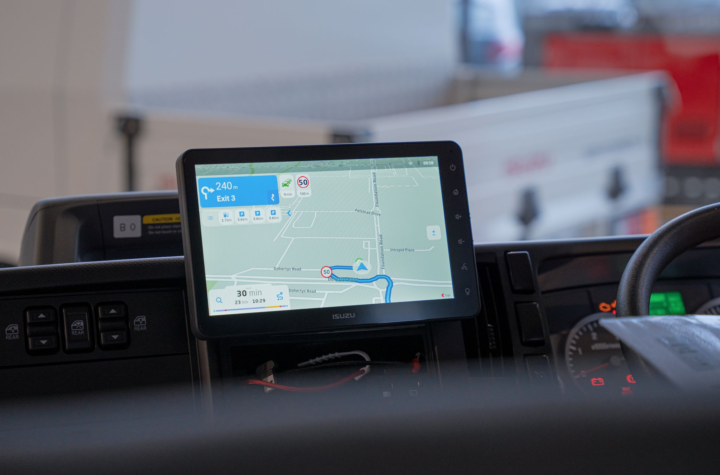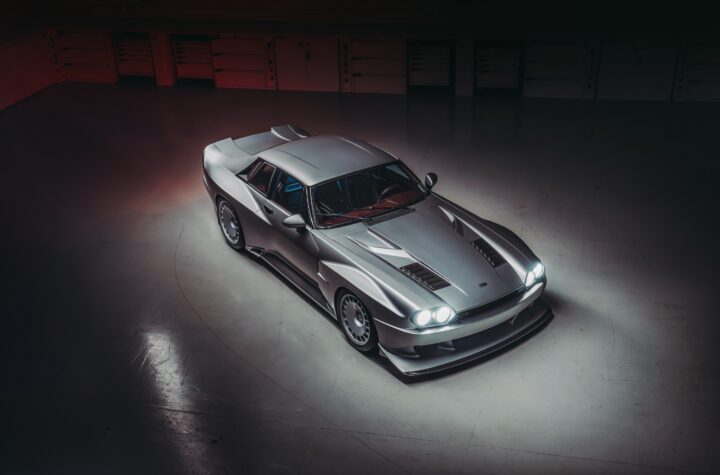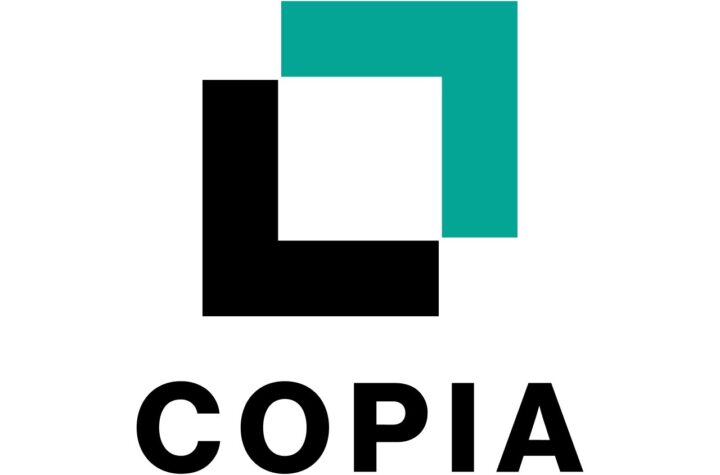
One of the truisms that business consultants like to use when working with their client to scan the competitive landscape is to try and identify the competitor – be it a company or a technology which does not yet exist.This was particularly trendy in the 1990’s when the impact of the Internet first started to be felt. At that time it was common cause that services like travel agents would feel the impact. Online purchasing also started making its mark towards the middle of the decade with the opening of the first Amazon store in 1995. Less than 20 years later malls and shops are closing due to a lack of customers. Gazing into its crystal ball, the Centre for Retail Research predicts that in the United Kingdom the share of online retail sales will rise from 12.7% (2012) to 21.5% by 2018 or the end of the decade. Today we have a name for it – “disruptive technologyâ€. What is proving to be even more disruptive is the conversion of two technologies – GSM for mobile communications and the Internet. One of the first motor execs to recognize that the industry was not immune to the disruptive forces of information technology was Paul Mascarenas, Ford Chief Technical Officer and Vice President Ford Research and Innovation. Speaking in 2011 at the celebration of the 60th anniversary of the founding of Ford’s research hub in Dearborn, Michigan, he said “it is also time to accelerate and embrace new forms of collaboration outside the automotive realm that will help us create not only better transportation, but a better world.†The message coming through loud and clear in this and previous editions of Automotive Industries is that the people “outside the automotive realm†that OEMs are getting closest to are the vendors of Smartphones – which totally blur the boundaries between the Internet and mobile communication. This includes Apple, Android and Microsoft operating systems. Juniper Research, which is based in Hampshire, United Kingdom, predicts that most vehicles will have Smartphone integration by 2016. That is less than the product lifespan of many of the top-selling models in our showrooms today. Juniper says Ford has led the way with its Microsoft-based Sync system, which one of the first to integrate advanced smartphone functionality like voice recognition in non-luxury vehicles. General Motors goes one further by making OnStar For My Vehicle (FMV), that brings its navigation, traffic, safety and other services available to drivers of non-GM vehicles. GM is now moving down the value chain by using Smartphone technology to provide advanced functionality available on its least expensive models through an optional stereo system. The 2013 Chevrolet Spark, for example, offers a stereo upgrade with a large touchscreen that is an extension of the user’s paired Smartphone. Nokia, one of the pioneers of cellphone technology, has introduced a new brand – “HERE†– to support OEMs to give the Generation Y buyers the connected car functionality they expect. The Smartphone is integrated into the vehicle as a combination of communication device, music store, GPS and information guide. Because all this information is by its nature fully portable the Smartphone is making it possible for OEMs to rethink the ownership model altogether. “Mobility†and “car sharing†are new words in our lexicon – much like “Internet†at the start of the 1990’s. This not future-speak. BWW already offers “DriveNow Car On Demand,†a Smartphone-based collaboration between the OEM and Sixt which provides car sharing services in several European and North American cities. It is this new concept around ownership combined with Smartphone technology which could well be the key to unlocking the potential of electric vehicles.














More Stories
Cybord TCI – The Future of Manufacturing Integrity
Getac on AI’s transformative impact on automotive production and aftersales
New Infineon Bluetooth range designed to meet OEM needs